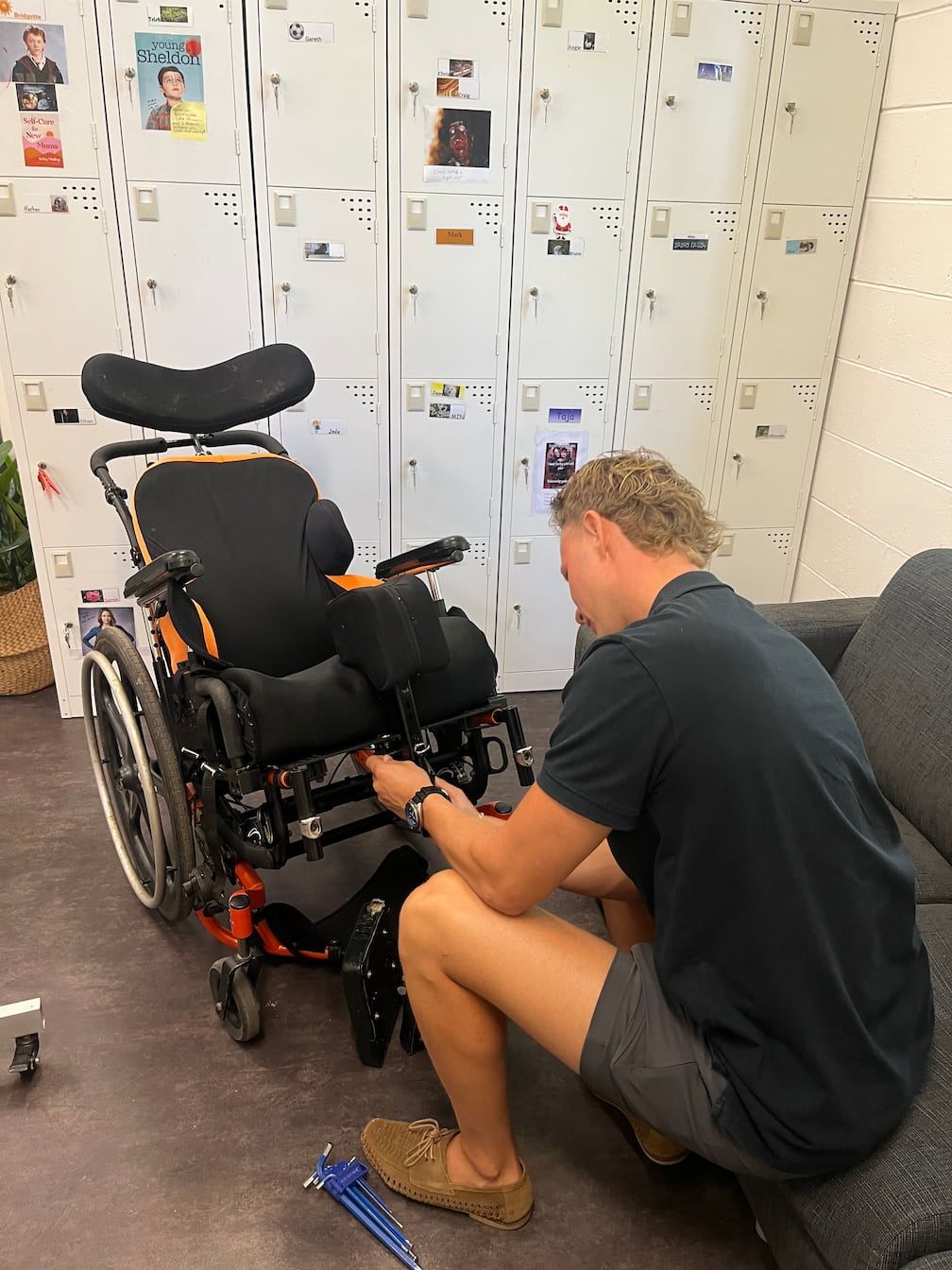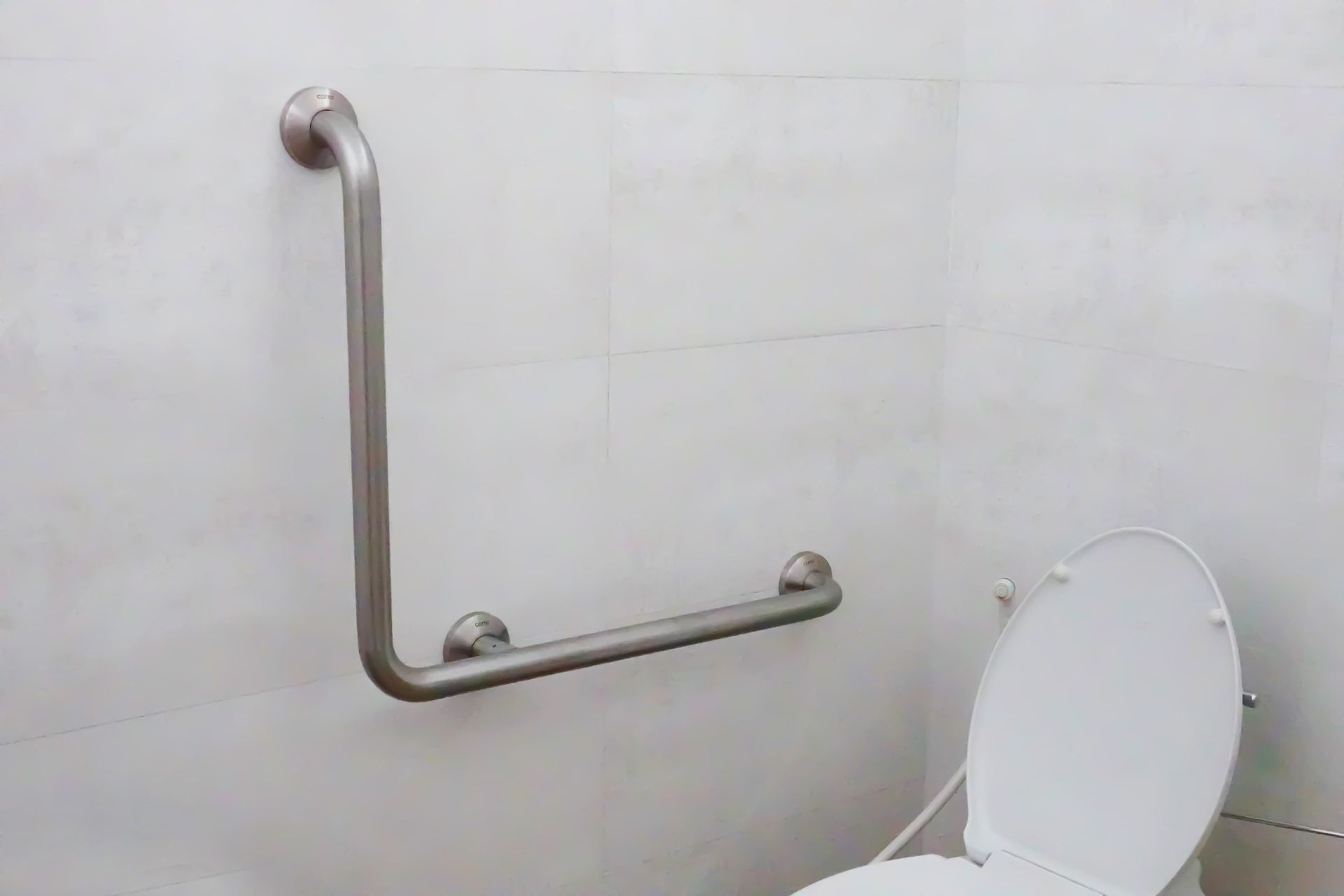Choosing the Right Assistive Technology: A Step-by-Step Guide for NDIS Participants
Selecting the right Assistive Technology (AT) is critical to improving independence, safety and quality of life. This guide will help participants, their families and support coordinators understand, access and benefit from AT.
What Is Assistive Technology & Why Is It Important?
Assistive technology refers to any device, system or equipment that helps individuals with disabilities perform everyday tasks. It ranges from simple tools like jar openers to complex systems like powered wheelchairs or communication devices. The importance of AT lies in its ability to empower people to live more independently, safely and comfortably.
For NDIS participants, AT can bridge the gap between their abilities and their environment. It supports mobility, communication, personal care and household tasks, among other activities, enabling individuals to engage more fully in their communities.
Examples of assistive technology include:
- Mobility aids: Wheelchairs, walkers, and scooters.
- Communication devices: Speech-generating devices and apps.
- Environmental control units: Systems to control lights, appliances, or doors.
- Personal care aids: Shower chairs and dressing aids.
- Home modification aids: Grab rails and adjustable height countertops.
The right AT can significantly enhance independence, but selecting it involves careful assessment, planning, and ongoing support.
The Role of Occupational Therapists
Occupational therapists play a pivotal role in helping NDIS participants identify the most suitable AT. Their expertise in understanding functional limitations and environmental challenges allows them to recommend solutions tailored to individual needs.
Step 1: Understanding the Participant’s Needs
The process begins with a comprehensive assessment of the participant’s abilities, challenges and goals. This may involve:
- Observing daily activities and identifying barriers.
- Discussing aspirations and areas where support is needed.
- Collaborating with family members or carers to gather insights.
For example, an OT might work with a participant who struggles with mobility to determine whether a manual wheelchair, power wheelchair or scooter best meets their needs.
Step 2: Setting SMART Goals
The next step is to set Specific, Measurable, Achievable, Relevant and Time-bound (SMART) goals. These goals guide the selection process and ensure the chosen AT aligns with the participant’s lifestyle.
Trialling & Evaluating Different Options to Find the Right Fit
Trialling AT is a crucial step in the selection process. It ensures the participant can test multiple options and find what works best for them before committing.
Step 1: Exploring Options
The OT may provide access to a variety of devices and systems to trial. For example, participants might try different types of mobility aids to determine which offers the most comfort and usability.
Step 2: Conducting Trials
Trials can take place in real-life settings, such as the participant’s home, workplace, or community. This ensures the AT is functional and practical in daily life.
Step 3: Evaluating Feedback
Participants and their carers are encouraged to provide detailed feedback during the trial period. Key considerations include:
- Ease of use.
- Comfort and ergonomics.
- Compatibility with other equipment or systems.
- Impact on the participant’s independence and safety.
Through this process, the participant and OT can identify the AT that best meets the participant’s needs and preferences.
The Process of Preparing Recommendation Reports for NDIS Funding
Once the right AT is identified, the next step is to secure NDIS funding for its purchase. This requires a detailed and evidence-based recommendation report, which the OT typically prepares.
Step 1: Documenting the Assessment
The report includes a summary of the participant’s assessment, highlighting their functional challenges and the goals set during the initial stages.
Step 2: Justifying the Recommendation
The OT must clearly explain why the recommended AT is necessary and how it aligns with the participant’s goals. The justification often involves linking the recommendation to the participant’s functional limitations and demonstrating how the AT will address these challenges.
Step 3: Providing Cost Estimates
The report also includes quotes and cost estimates from suppliers, ensuring transparency and helping the NDIS planner understand the funding required.
Step 4: Aligning with NDIS Guidelines
Finally, the report must adhere to NDIS guidelines, demonstrating that the AT is reasonable and necessary. This increases the likelihood of funding approval.
Post-Delivery Support: Ensuring the AT Continues to Meet Participant Needs Over Time
The process doesn’t end with the delivery of the AT. Ongoing support is essential to ensure the AT continues to meet the participant’s needs as they evolve.
Step 1: Training & Education
Participants and their carers receive training to use the AT effectively and safely. This might include:
- Operating instructions.
- Troubleshooting common issues.
- Tips for maintenance and care.
For example, a participant using a speech-generating device may need guidance on programming custom phrases or integrating the device into their daily routine.
Step 2: Regular Reviews
Periodic reviews allow the OT to evaluate whether the AT is still suitable or requires adjustments. Changes in the participant’s condition or lifestyle may necessitate modifications or upgrades.
Step 3: Ongoing Communication
Participants are encouraged to stay in touch with their OT to address any concerns or request additional support. This ensures the AT remains a valuable and effective tool in their lives.
Conclusion
Choosing the right assistive technology is a collaborative and dynamic process that can transform the lives of NDIS participants. With the support of occupational therapists, participants can navigate this journey confidently, ensuring the AT they select is perfectly tailored to their needs and goals.
If you need help finding the right
assistive technology, get in touch with Life Solutions OT on the Gold Coast.
Written By Alex Kiosses
Alex is a driven and dedicated OT with a diverse skill set acquired through a broad range of experience working within the community. His passion lies in assisting individuals by enhancing their access to environments, allowing them to enjoy the things they love and find important.










